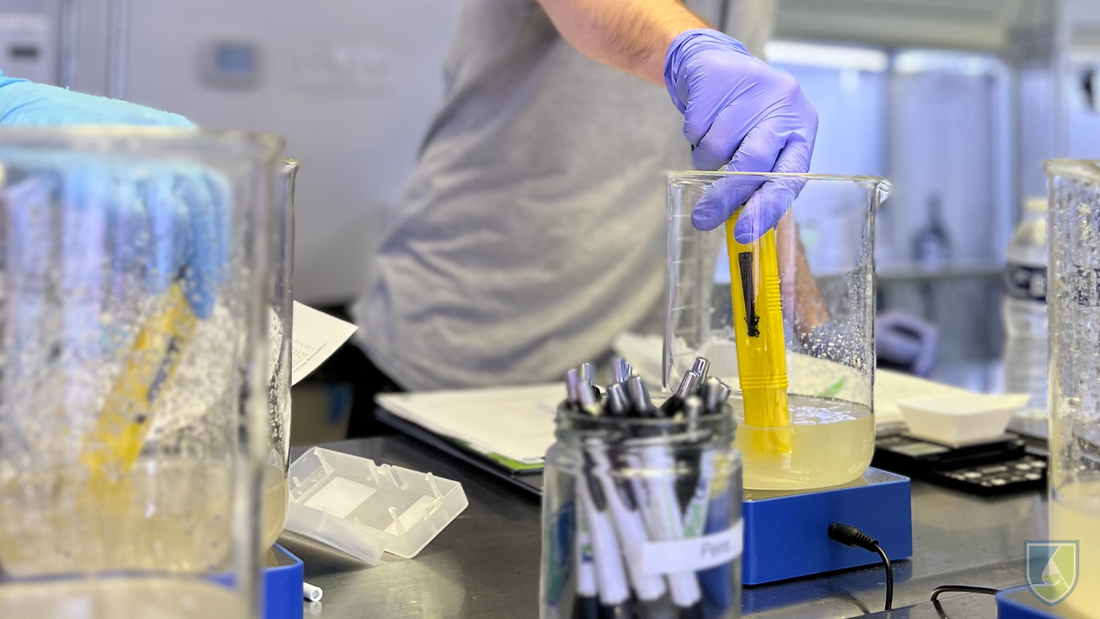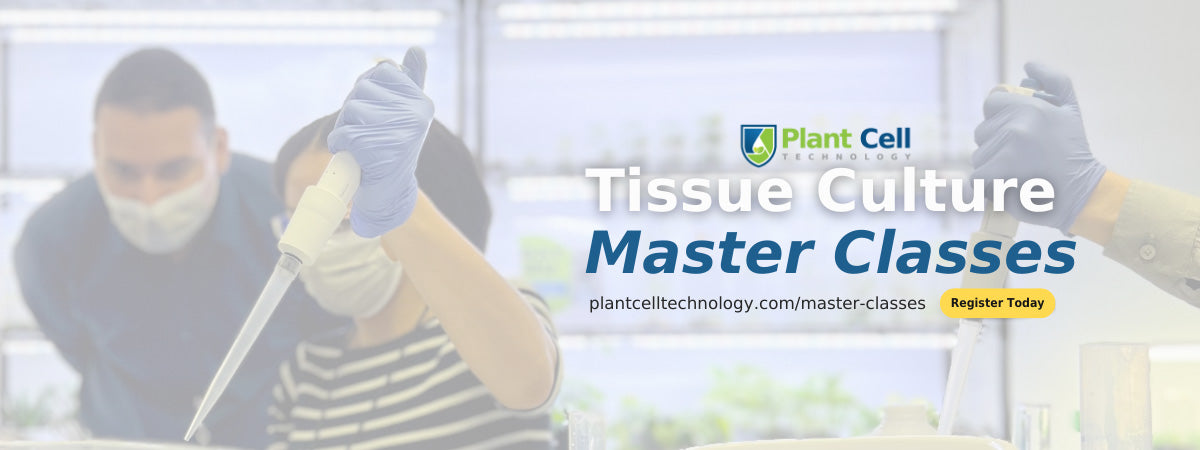
How To Adjust The pH Of The Tissue Culture Media
As a content and community manager, I leverage my expertise in plant biotechnology, passion for tissue culture, and writing skills to create compelling articles, simplifying intricate scientific concepts, and address your inquiries. As a dedicated science communicator, I strive to spark curiosity and foster a love for science in my audience.


Introduction
Everything you know works on a measurable pH. Even the cells in our body, the water we drink, and the plant in your backyard, all have a measurable pH level. To survive or stay in the same conditions, everything other things has a preferred pH value.
Similarly, in tissue culture, where plants are grown in a controlled environment on a nutrient-rich medium, a specific pH of the medium is required by plants. Failing to offer the desired pH for the plants will result in the death of tissues or explants (plant parts used to initiate growth in vitro).
The device used to measure pH is known as a pH meter. It helps you to adjust the desired pH of the medium to be used for the growth and development of plants.
In this article, we will learn more about the pH meter, how it works, and how you can adjust the pH of the media to the desired value.
What is a pH Meter and How Does it Work?

The pH of a solution is measured between 0 and 14, provided the concentration does not exceed 1M. pH less than 7 is considered an acidic solution, whereas more than 7 is a basic solution.
For tissue culture, the preferred pH of the media is between 5.8-6.0, which is a slightly acidic and neutral condition.
To make up a media of the desired pH, one needs a pH meter. The machine consists of three parts: an internal electrode, a reference electrode, and a high-input impedance meter. The glass probe that measures the pH consists of an internal electrode [contains a Silver wire covered with Silver Chloride (Ag/AgCl wire)] and a reference electrode.
In the probe is a buffer solution with a pH of 7. The measurement of pH is the difference in [H+] between the reference buffer inside the probe and the sample solution outside.
In order to measure pH, it is necessary to compare the pH reading of a sample solution with that of a reference solution with a defined pH, such as buffers.
Consequently, calibrating an instrument with appropriate buffer solutions is essential before measuring the pH of any test solution.
Calibrating the pH Meter

Calibration of pH meters is necessary to correct the inconsistencies or errors during the pH measurement of a sample. This should be done before each use of the machine.
Here is basic instruction to follow while calibrating the pH meter for your lab applications:
- Turn on your pH meter. You need to provide adequate time for the machine to get warm up. Generally, 30 minutes should be sufficient.
- Take out the electrode from its storage solution and rinse it with distilled water under an empty waste beaker.
- After washing, blot dry the electrode using Kim wipes. Avoid rubbing the electrode.
- Prepare your buffer solution. To calibrate a pH meter, you need three types of buffers with pH 4, pH 7, and pH 10. Allow the buffers to achieve the same temperature as of pH meter. It’s because the pH readings are temperature dependant.
- Put your electrode in the buffer with a pH value of 7 and start reading. Once your electrode is placed in the buffer, press the "measure" or "calibrate" button to begin reading the pH.
- For 1-2 minutes allow the pH reading to stabilize.
- Press the measure button a second time once you have a stable reading to set the pH meter to the buffer's pH. When the pH meter is calibrated after it has stabilized, it will produce more accurate and tuned readings.
- Rinse your electrode using distilled water and pat it dry.
- Repeat the above steps again with buffers having pH 4 and pH 10.
Measure and Adjust The pH of The Sample

The next step after calibrating the pH meter is measuring the pH of the sample. Here’re the steps to follow to adjust the pH of your tissue culture medium.
You must note that the pH measurement is taken before adding agar and autoclaving the medium. So, after mixing the media with distilled water on a magnetic stirrer, measure the pH of the medium.
You need a pH of 5.8-6.0 for most of the tissue culture medium. However, this is also plant species-specific because some plants prefer slightly more acidic or basic pH to grow and develop.

Below are steps that you should follow to adjust the pH of the medium:
- Rinse the electrode using distilled water. And, pat it dry using Shruwipes and Kimwipes.
- Make sure the meter is set to the pH mode and adjust the temperature to 25°C.
- Place the electrode in the media to measure its pH.
- The pH will be displayed on the display screen of the meter.
- Wait 30 seconds for the pH of the medium to stabilize.
- If the pH is higher (or more basic) than the desired value, use 1N HCL to bring it down and adjust it to the desired value.
- If the pH of the media is lower (on the more acidic side), then use 1N NaOH to increase and adjust the pH of the media to the desired value.
- Each time before putting the electrode in the solution to measure the pH, ensure the electrode is rinsed, cleaned, and pat dried
Follow the steps and you will make no errors in measuring and adjusting the pH of your tissue culture medium.
Need Help With Using Tissue Culture Equipment and Introducing Plants to Tissue Culture? Plant Cell Technology is Your Partner!

We’ve consultation services that allow you to directly talk with our in-house tissue culture expert. He will join you in a video call and will answer all and every question you will have regarding using the equipment or introducing your plants in tissue culture. It’s the best approach to getting instant solutions to your tissue culture problems.
We also curate weekly blogs and videos on tissue culture topics. They are all related to tissue culture equipment, practicals, tips, and tricks, how-tos, basic concepts, and the latest news. Our youtube videos teach you exactly how to carry out the tissue culture operation.
Occasionally, we also bring you comprehensive master classes led by tissue culture experts. So far, we have conducted tissue culture master classes on Cannabis and rare house plants and we have many other classes scheduled for you.
Interested in learning more about our master classes and joining your favorite one? Visit this link now!
Blog Categories
View by Level
Popular Blogs

6 Plant Tissue Culture Books to Keep Learning
Introduction Most of us are fans of books when it comes to learning a topic in detail and in a...
Read More
New Technical Agar Vs Supreme Agar
Introduction What’s the secret element that supports and holds plants in vitro? Not sure? It’s the solidifying agent. Solidifying agents...
Read MoreSubscribe to Our Newsletter








Join the conversation
Your email address will not be published. Required fields are marked